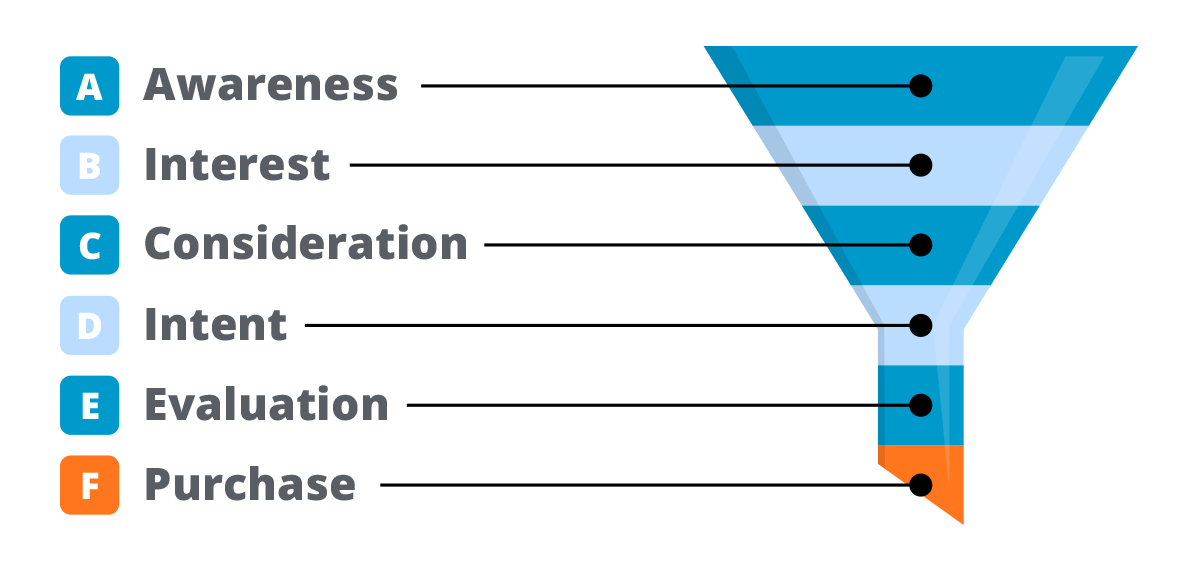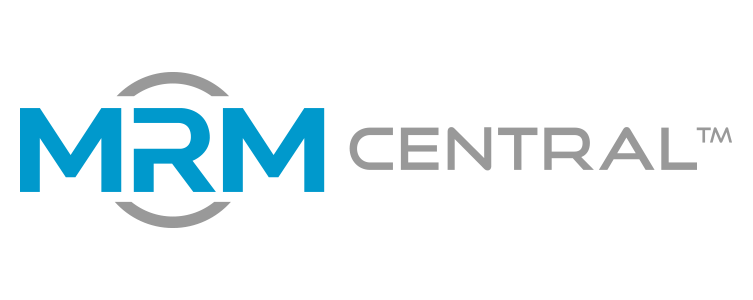01 Oct 5 Steps to a Winning Content Marketing Strategy
5 Steps to a Winning Content Marketing Strategy
Human beings are skeptical creatures. All things being equal, we’d rather buy from businesses we know and trust—and that’s what makes content marketing so effective.
Content marketing builds trust. By offering prospective customers free content that improves their lives (blogs, articles, newsletters, videos, webinars, etc.), you can drive traffic to your website, raise brand awareness, increase sales, and even speed up the sales cycle.
Of course, a pile of content won’t do you much good if you don’t have a solid strategy in place from the start. To reap all the benefits of content marketing, you need to reach the right people with the right content, and you need to measure your success so you can double down on what works.
In this blog post, you’ll learn how to:
Note: Feel free to skip around by clicking on any of the steps listed above.
Ready to go? Let’s dive in.
Step 1: Define Your Target Audiences
Before producing a single line of content, it’s essential to understand who your target audiences are and what makes them tick.
You must answer the following questions:
- Who are your ideal customers (the ones who, if presented with the opportunity, would jump on the chance to buy your products or services)?
- When do you want to reach them in their customer journey?
You may have a variety of market segments you want to target, and that’s perfectly fine. The beauty of content marketing is that you can create different pieces for specific niches, then look at the data (likes, shares, comments, email open-rates, etc.) to see how each piece was received.
Example: An insurance company crafts different content for wealthy homeowners vs. young renters.
Homeowner-targeted Blog Post: “When Does an Umbrella Policy Make Sense?”
Renter-targeted Blog Post: “What Is Renters Insurance?”
You can also target prospects at different stages in their customer journey. This can make for a great strategy because targeting people at the “Awareness” or “Interest” stage of the sales funnel will build your lead pipeline, while targeting people at the “Evaluation” stage can provide quick returns.
Example: A university produces different content for the high school Sophomores at the top of the sales funnel (just browsing and newly aware of their institution) vs. high school seniors who are ready to apply.

Target clients at different stages in the sales funnel.
H.S. Sophomore (top-of-the-funnel): “What’s Dorm Life Really Like at NYU?”
H.S. Senior (ready to apply): “What Matters to NYU Admissions Officers?”
Pro Tip: If you post a variety of blog content for different segments, make it easier for readers to sort through your content by giving them the option to perform a search and/or click on the category of topics they’d like to browse.
Step 2: Choose the Right Topics to Cover
Once you’ve identified your target market, it’s time to figure out what topics to cover in your content marketing. You can do that by delving into your market and figuring out what interests them, what concerns they have, and what questions you can answer with your content.
Here are some techniques you can use to learn about your audience:
- Visiting internet forums and Facebook groups where your target market hangs out.
- Running surveys on your website to find out what keeps them up at night.
- Conducting live interviews over video chat or by phone.
- Spying on your competitors and keeping track of their blog posts and other content they produce (taking special note of social media shares + comments when available).
Important: Content marketing is NOT advertising copy, so avoid the temptation to showcase your products in every piece. Sure, you can mention what you do when it’s relevant, but the majority of your content should be centered around directly helping your target market.
Example: A bank could publish an e-newsletter (distributed by email) with helpful articles such as, “How Compound Interest Works,” or “Saving Tips for Seniors.” They might include a plug for their services at the very bottom or in a side-bar, but the post should not amount to a 500-word advertisement for their services.
Step 3: Create a Well-planned Editorial Calendar
An editorial calendar will keep you on track with your content marketing efforts. Without it? It’s way too easy to let things slide and tell yourself, “We’ll publish it next week!” Content marketing only works when you apply consistent effort over time.
The other advantage of an editorial calendar is that it will help you create a variety of content that appeals to all your key markets at important stages in their sales cycle. You can have a mix of theoretical pieces (thought leadership), educational pieces (“how to” articles), and fun, light-hearted pieces (if it fits your market).
Of course, by “a variety of content,” we don’t just mean different types of blog posts. You can shake things up with videos, webinars, e-newsletters (delivered by email), and other techniques.
Pro tip: Be flexible. Just because you’ve put it in the calendar doesn’t mean you’re married to a given topic.
What if you stumble across an even better topic that is time-sensitive? Or what if you discover that certain subject matters get massive engagement (something you didn’t know when you made the calendar)?
That’s a no brainer. Push the good stuff to the top!
Step 4: Slice Your Content to Get More Bang for Your Buck
“Slicing” is a term that describes the creative reuse of existing content. For example, this blog post you’re reading right now could be turned into a video with a little bit of rewriting. We could even transform it into a 30-minute webinar if it gets a lot of love.
Or we could pitch this topic to a trade magazine for a major publication that members of our target market (people like you) read. And if they’d let us get away with it, we’d toss in a little blurb at the end plugging MRMcentral and how it helps Marketing teams work better, faster, and smarter.
Ha! See what we did there?
Anyway, the beauty of slicing content is that it gives you more bang for your buck. If you outsource your content creation to freelancers, they’ll spend less time reworking existing content than they would creating it from scratch (and hopefully charge you less). And if your marketing staff is in-house? It will free up their energy to focus on other projects.
What kind of pieces should you slice?
Start with the highest performing pieces—the ones that hit the metrics that matter most to your organization. In the next (and final) section, you’ll learn how to identify those metrics.
Step 5: Determine What Success Looks Like Using Key Performance Indicators (KPIs)
A Key Performance Indicator (KPI) is any objective metric that tells you whether your efforts were successful. Which KPIs you use will depend on what you’re trying to accomplish.
Here are the four big things businesses try to accomplish with content marketing. Each “big thing” is tied to one or more KPI that will help you measure success.
- Lead generation: Content drives traffic to your website and helps prospects discover your products and services. Some of those prospects will take an interest in your products and either become paying customers on the spot (when your sales cycle is short), sign up for your newsletter, book a free consultation, etc. We call these actions “conversions.”
Key Performance Indicator: Number of conversions. How many people did the thing you wanted them to do (e.g., sign up for a newsletter, book an appointment, buy a product)? - Larger purchase volume: Effective content marketing can inspire users to make larger purchases (boosting the amount they’re willing to spend or increasing the contract size).
Key Performance Indicators: Contract size or monthly/quarterly purchase volume. - Quicker sales cycles: For companies with longer sales cycles, feeding prospects email campaigns with links to relevant blog posts, articles, and newsletters can inspire them to make quicker buying decisions.
Key Performance Indicator: # of days it takes to purchase from the moment the prospect visits your website after being exposed to your content. - Brand awareness: Content marketing gets your name out there. The more people recognize your brand, the more likely they are to buy (and pay top dollar).
Key Performance Indicators: Views, social media shares, likes, comments.
How to evaluate your KPIs
For the first three metrics (lead generation, purchase volume, and sales cycle), compare prospects who were exposed to your content to a control group who saw no content. Deliver a content-focused email campaign to the experimental group and see if it makes a difference.
If you’re doing it right, you’ll see a statistically significant increase in conversions, a boost in purchases, and a quicker sales cycle. If that’s the case, then it’s time to identify the types of content that deliver results. Once you know what works, you can create more of it.
For the fourth metric (brand awareness), compare your views, social media shares, likes, and comments with similar posts and articles. That means looking at both your own and your competitors’ content. Do your best to emulate the content that works and ditch the stuff that doesn’t.
Remember: Rome Wasn’t Built in a Day
If all this feels a little overwhelming, don’t worry! You can’t be expected to build a winning, data-driven content strategy overnight. Start small with something like weekly blog posts, test your results to see what works, and grow your strategy based on what you learn.
Also, keep in mind that you shouldn’t expect results overnight. Content marketing is a marathon, not a sprint. Just put in consistent effort over time and refine your strategy as you go. If you create quality content that your market enjoys, you’re almost sure to see results—and your hard work will show up in your bottom line.

